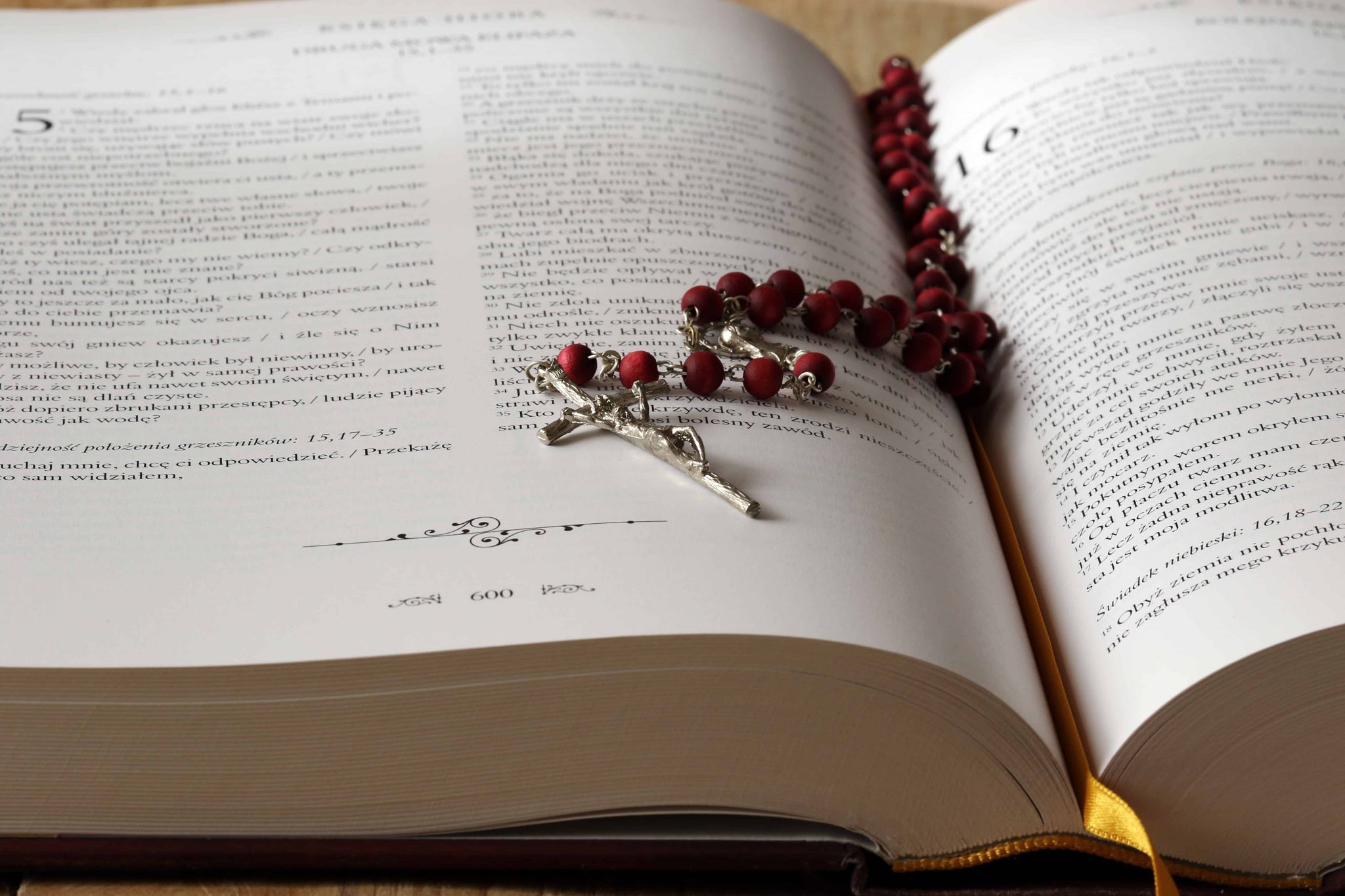Sixth Sunday of Easter
As Christians we seek to follow the example of Christ, who poured himself out in love. Love know no limits and there is not a point when we say “enough”. Love sees the other as another self, so that the needs of the other are as important as our own. When modern communication has made the world a global village, the needs of our neighbors can seem overwhelming. Where do we stop? Yet, we are called to move beyond ourselves as Jesus did and to place our lives in service of the other, in imitation of him. Then we may merit the name “disciple,” when we are known by our love.
Fifth Sunday of Easter
The relationship between Jesus and the Father cannot be reduced to a mathematical formula; it is not an engineering problem. It is a dynamic rather than static relationship. It is not reducible to quantifiable precision, as we might expect in a chemistry lab. Ultimately, we are dealing with imagery, metaphor, and analogy for the divine, which cannot be boxed up, packaged, and distributed in discrete packets of knowledge. The gospel reading invites us to center into this dynamic relationship between the Father and the Son, God and the Word. Once engaged, this dynamic relationship never ends, but only continues, often deepens, and typically changes.
Fourth Sunday of Easter
We are sheep; Jesus is the gate for the sheepfold. The imagery is simple and ancient. Here there is not “heaven” but instead a place of safety and security from the world with its dangers and threats. Even this place of safety is not entirely secure, as there are some thieves and robbers who would climb the fence, not entering through the gate. Our only “protection” from such dangers is that we would not follow their voice. Let us know the gate through which we enter the sheepfold and not be called away by other voices.
Third Sunday of Easter
After Easter, the disciples come to know Jesus in the breaking of the bread. He is present among his followers as he was prior to his death and resurrection, but now, he is present in a new way.
Of course, as Catholics, we see this clearly in the Eucharist, when we take bread, bless it, break it, and give it. The bread broken is Christ himself. He is our nourishment both spiritually and physically, metaphorically and actually. When we participate in the Eucharist, we call to mind his passion, death, and resurrection. We consume him who is the Bread of Life.
